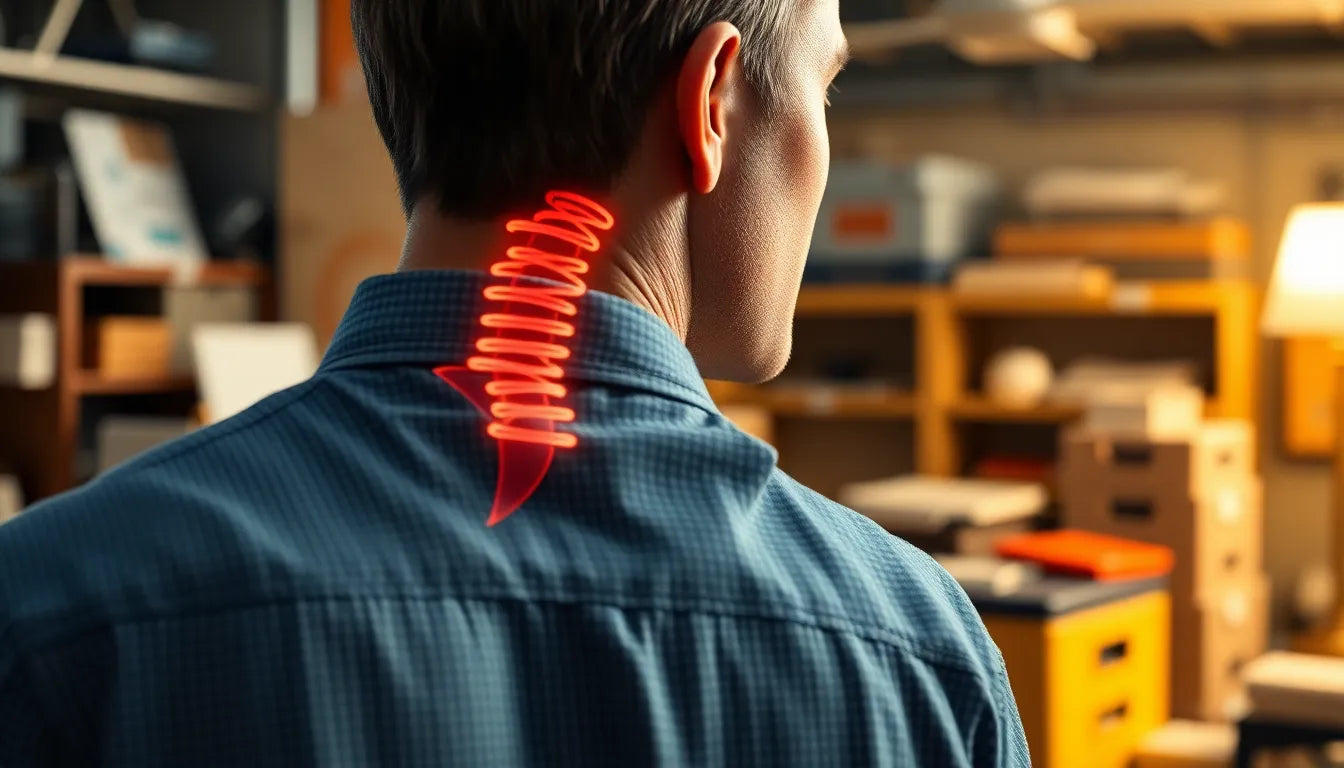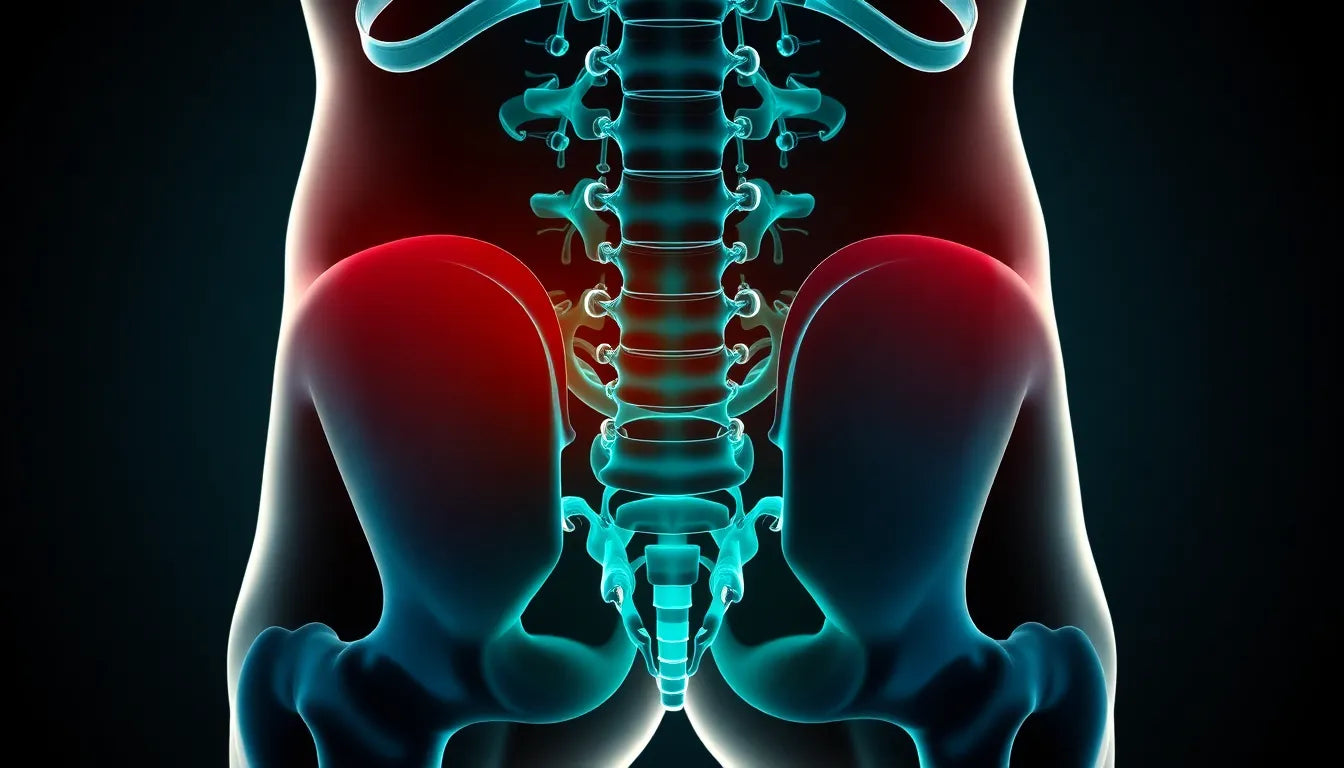Experiencing numbness due to a herniated disc can be both alarming and uncomfortable, leaving many individuals eager to understand when these sensations might finally subside. This common concern is shared by countless people dealing with spinal issues, as numbness often accompanies other symptoms like pain and weakness. Understanding the recovery timeline and process for numbness is crucial, as it can significantly impact daily life and cause anxiety about long-term health.
A herniated disc, also known as a slipped or ruptured disc, occurs when the soft inner gel of a spinal disc pushes through a crack in the tougher exterior casing. This can happen due to injury, strain, or degeneration over time. When this gel presses on nearby nerves, it can lead to a range of symptoms, including pain, tingling, and numbness. The numbness typically manifests in areas served by the affected nerves, such as the legs, arms, or fingers, depending on the location of the herniation.
understanding herniated disc symptoms
Numbness is a key symptom of a herniated disc, often resulting from the compression or irritation of spinal nerves. This can occur anywhere along the spine but is most common in the lower back or neck. When the disc material protrudes, it can put pressure on the nerves, leading to sensations of numbness or tingling in specific areas of the body. For instance, a herniated disc in the lumbar region may cause numbness in the legs or feet, while one in the cervical spine could affect the arms or fingers.
The onset of numbness can be sudden or develop gradually, and its intensity can vary from mild tingling to complete loss of sensation. This symptom can be particularly distressing, not only because it affects sensory perception but also because it may interfere with daily activities and quality of life. Understanding the nature of this numbness and its potential duration is essential for managing expectations and planning for recovery.
While the numbness associated with a herniated disc can be concerning, it is important to note that in most cases, it typically resolves as the herniated disc heals or inflammation decreases. This process can vary widely among individuals, influenced by factors such as the severity of the herniation, overall health, and adherence to treatment protocols. As part of the body's natural healing process, many people find that their symptoms, including numbness, improve significantly over time.
In the following sections, we will delve deeper into the expected timelines for recovery, the stages involved, and factors that can influence the duration of numbness. By gaining a comprehensive understanding of these aspects, individuals can better navigate their journey toward recovery and regain their quality of life.
does the numbness from a herniated disc go away?
The prospect of numbness fading away is a common concern for those suffering from a herniated disc. Fortunately, most medical professionals agree that numbness typically resolves as the herniated disc heals or as inflammation subsides. According to the Cleveland Clinic, many individuals notice an improvement in symptoms, including numbness, within four to six weeks. This timeline is echoed by other sources such as ADR Spine and HealthCentral, which suggest that recovery can take between two to eight weeks, and in some cases, up to six months or longer.
It's important to understand that while pain and muscle weakness may diminish relatively quickly, numbness can persist longer. HealthCentral notes that this lingering numbness is not uncommon and generally subsides over time. MoreGoodDays reassures patients that experiencing numbness and tingling during recovery is normal, and these sensations will gradually diminish as the nerve irritation decreases. The Barricaid Blog supports this view, indicating that while the disc itself may heal in about a month, numbness can take longer to disappear but usually subsides eventually.
understanding the recovery timeline and stages
Recovery from a herniated disc is often described in phases, each with its own characteristics and expectations. During the acute phase (1–2 weeks), individuals may experience severe pain, numbness, and limited mobility. This phase is often the most challenging, as the body is just beginning to respond to the injury.
The next stage, known as the gradual improvement phase (2–6 weeks), is marked by a reduction in pain and numbness, with improving function. Many patients find that their symptoms start to ease during this time, allowing for increased mobility and a return to some normal activities.
Finally, the plateau or stabilization phase can last up to 12 weeks. During this period, lingering symptoms slowly resolve, and the focus shifts to long-term management to prevent recurrence. It's crucial to adhere to prescribed treatment plans and engage in recommended physical therapy to support healing and maintain progress.
factors influencing recovery time
Several factors can influence the duration of numbness from a herniated disc. The severity of the herniation is a primary determinant, with more severe cases potentially requiring longer recovery times. Individual health conditions, such as diabetes or other chronic illnesses, can also affect the healing process. Furthermore, adherence to treatment protocols, including physical therapy and lifestyle modifications, plays a significant role in recovery.
It's essential for individuals to monitor their symptoms and seek medical advice if numbness persists or worsens. Persistent numbness without improvement or accompanied by increasing weakness may indicate ongoing nerve irritation or damage, necessitating further evaluation by a healthcare provider.
In conclusion, while numbness from a herniated disc can be distressing, it is generally expected to improve as part of the natural healing process. By understanding the typical recovery timeline and factors influencing healing, individuals can better navigate their journey toward recovery and regain their quality of life. For those experiencing persistent symptoms, consulting with a healthcare professional is crucial to ensure appropriate care and management.
continuation of recovery insights
As you journey through recovery from a herniated disc, it's important to remember that while numbness may linger longer than initial pain, it is generally expected to improve over time. This improvement is a part of the natural healing process as the body gradually reduces inflammation and heals the affected disc. During this period, it's crucial to monitor your symptoms closely. If you notice persistent or worsening numbness, it's advisable to consult a healthcare professional to rule out any complications.
For many individuals, the recovery process can be slow, requiring patience and adherence to a prescribed treatment plan. This might include physical therapy, medication, and lifestyle modifications aimed at reducing strain on the spine and promoting healing. Engaging in regular, gentle physical activity, as recommended by your healthcare provider, can also support recovery by enhancing circulation and flexibility, which may help alleviate numbness.
recovery timeline at a glance
Understanding the typical recovery timeline can help set realistic expectations and provide reassurance during the healing process. Here's a quick overview:
- Acute Phase: 1–2 weeks of severe symptoms, including pain and numbness.
- Gradual Improvement: 2–6 weeks where pain and numbness begin to decrease.
- Stabilization: Up to 12 weeks, focusing on resolving lingering symptoms and preventing recurrence.
- Possible Extended Duration: Up to 6 months for complete resolution of numbness, depending on individual factors.
frequently asked questions
How long does numbness from a herniated disc typically last?
Numbness from a herniated disc usually improves within a few weeks to a few months as the disc heals and inflammation subsides. However, the duration can vary based on individual health factors and the severity of the herniation.
Is it normal for numbness to persist after pain has subsided?
Yes, it is common for numbness to linger even after pain and weakness have improved. This is because nerve healing can take longer, but the numbness should gradually diminish over time.
When should I seek medical attention for persistent numbness?
If numbness persists without improvement, worsens, or is accompanied by increasing weakness, it is important to consult a healthcare provider. This could indicate ongoing nerve irritation or damage that requires further evaluation.
What can I do to support recovery from a herniated disc?
To support recovery, follow your prescribed treatment plan, which may include medication, physical therapy, and lifestyle modifications. Engaging in recommended exercises and maintaining a healthy lifestyle can also promote healing and prevent future issues.
In conclusion, while the journey to recovery from a herniated disc can be challenging, understanding the process and timeline can provide reassurance and guide your approach to healing. If you have concerns or experience persistent symptoms, seeking medical advice is crucial to ensure proper care and management.
Sources
- Cleveland Clinic. "Herniated Disk."
- Spine MD. "Herniated Disc."
- ADR Spine. "Herniated Disc."
- HealthCentral. "How Long Does a Herniated Disc Take to Heal?"
- MoreGoodDays. "Herniated Disc Recovery."
- Owchealth. "Herniated Disc Symptoms and Recovery."
- Barricaid Blog. "Understanding Herniated Disc Numbness."


















